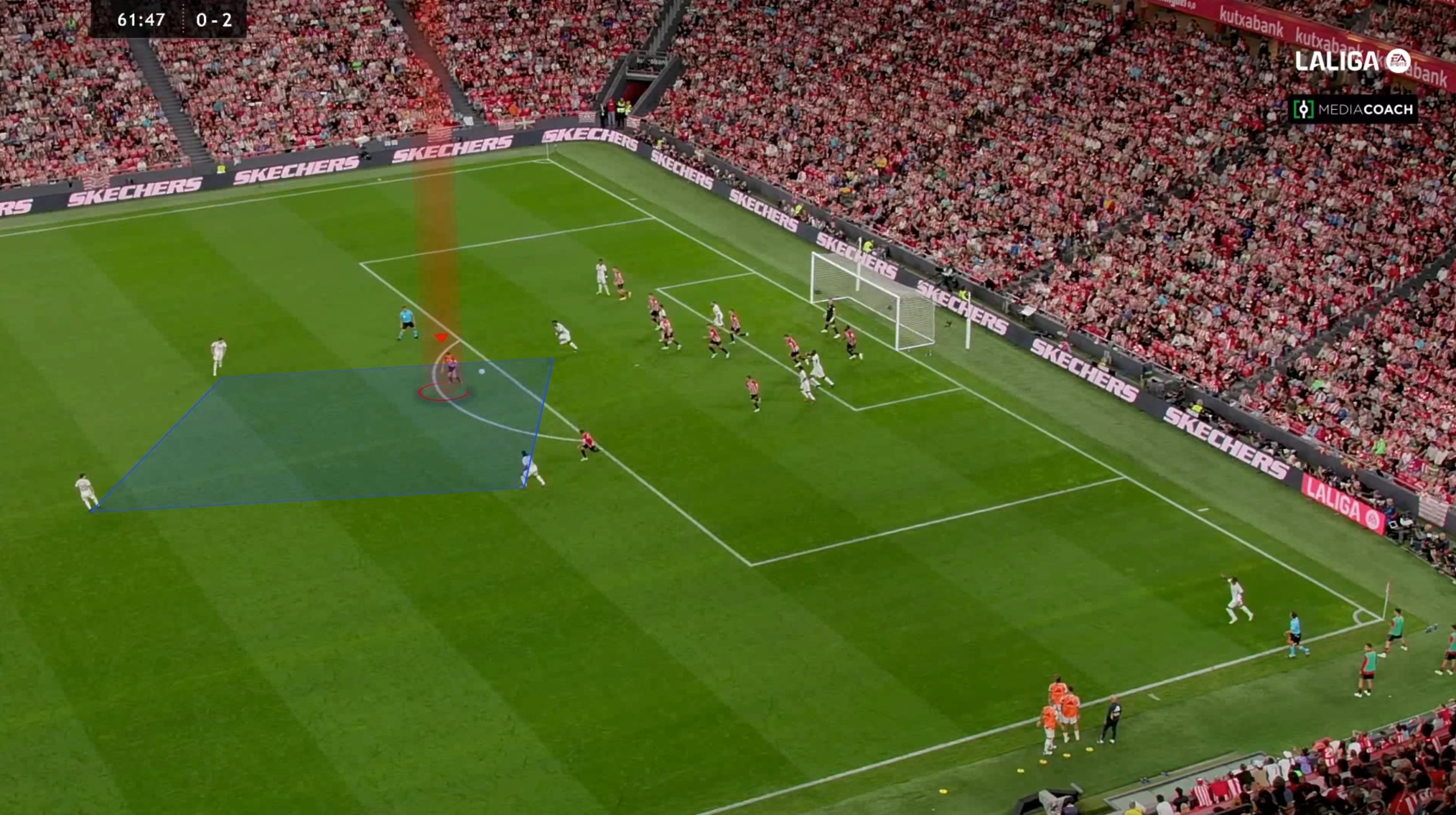
14 Jun Impact of Physical Performance Decline in the Last Quarter on Match Outcomes in LaLiga EA Sports 2023/24 Season
Abstract
This study investigates whether a decline in physical performance during the last quarter of football matches significantly impacts the match outcomes. Using data from the LaLiga EA Sports 2023/24 season, we analyzed the physical performance of teams segmented by quarters of time and correlated it with match results. Our findings reveal a significant association between reduced physical performance in the last quarter and worsened match outcomes, emphasizing the importance of maintaining physical performance throughout the entire match.
Introduction
In elite football, maintaining high physical performance throughout the entire match is crucial for achieving favorable outcomes. Previous studies have shown that physical performance metrics, such as distances covered at different intensities, are indicative of a team’s overall effectiveness and stamina. This study aims to explore whether a decrease in physical performance during the last quarter of matches correlates with adverse match outcomes. The data analyzed comes from the LaLiga EA Sports 2023/24 season, providing a comprehensive overview of physical performance and its impact on match results.
Methodology
Data Collection
Data was collected for all teams in the LaLiga EA Sports 2023/24 season. Each match was divided into four quarters:
- First Quarter: 0-23 minutes
- Second Quarter: 23-45 minutes
- Third Quarter: 45-68 minutes
- Fourth Quarter: 68-90+ minutes
For each quarter, the following physical performance metrics were recorded:
- Distances covered at intensities greater than 21 km/h, 24 km/h, and 28 km/h per minute.
- Total distance covered per minute.
- Goals scored (favor) and goals conceded (against).
Data Analysis
The analysis involved several key steps:
- Combining Quarterly Data: Data from each quarter was combined to provide a comprehensive view of each match.
- Performance Trends: We calculated the average performance metrics for the first three quarters and compared them with the last quarter.
- Outcome Analysis: We examined the correlation between performance decline in the last quarter and match outcomes, categorizing changes in results as ‘Better,’ ‘No Change,’ and ‘Worse.’
Statistical Methods
To determine the significance of the relationship between physical performance decline and match outcomes, we used the Chi-square test of independence. This allowed us to assess whether the observed association was statistically significant.
Results
General Findings
- Performance Decline in the Last Quarter:
- Out of 167 matches where there was a change in result, 106 showed a worsening outcome (e.g., from draw to loss), while 92 showed an improvement (e.g., from loss to draw).
- Statistical Significance:
- The Chi-square test confirmed a significant association between decreased physical performance in the last quarter and adverse match outcomes (p<0.001p < 0.001p<0.001).
Team-Specific Analysis
The impact of performance decline varied among teams. Some teams showed a stronger tendency to worsen their results with decreased physical performance, while others managed to maintain or improve their results. Out of 20 teams:
- 14 teams showed a tendency to worsen the outcome with a decrease in physical performance.
- The remaining teams either maintained their outcomes or showed improvement.
FC Barcelona Case Study
For FC Barcelona, the results were as follows:
- Better: 3 instances
- No Change: 6 instances
- Worse: 3 instances
This indicates that for FC Barcelona, the impact of a decline in physical performance in the last quarter was relatively balanced, with an equal number of cases showing no change or worsening outcomes.
Discussion
Interpretation of Findings
The findings suggest that maintaining physical performance in the last quarter is crucial for ensuring favorable match outcomes. Teams that experience a decline in physical performance are more likely to see their results worsen. This association is statistically significant, reinforcing the importance of stamina and physical fitness throughout the entire match.
Practical Implications
For practical application, it is vital for each team to conduct individual analyses to tailor strategies according to their specific contexts. The generalized findings of this study provide a broad understanding, but team-specific strategies should be developed based on detailed, individualized data.
Limitations
The primary limitation of this study is the anonymization of team-specific data, which restricts detailed analysis at the individual team level. Additionally, the study does not account for external factors such as player injuries, weather conditions, and tactical changes that could influence physical performance and match outcomes.
Conclusion
This study provides significant evidence that a decline in physical performance in the last quarter of football matches is associated with worsened match outcomes. Teams that maintain their physical performance levels are more likely to secure favorable results. Future research should focus on team-specific analyses and consider external factors to provide more granular insights.


